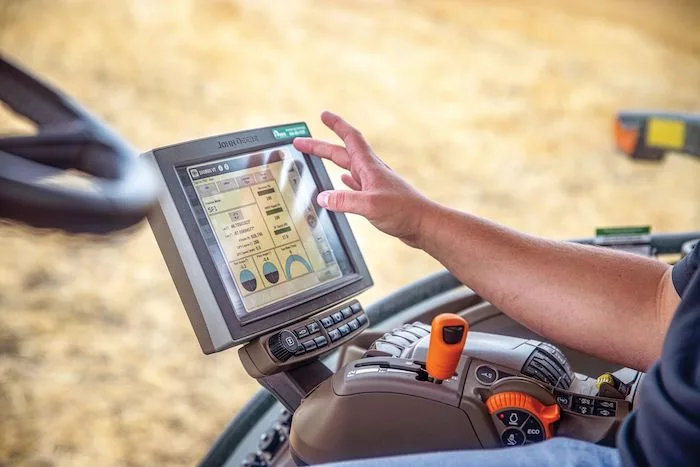While farmers never have an off-season, those of us working in the agriculture industry are often behind a desk instead of a wheel during the winter months. This is the time for farmers to consider market predictions and review last year's growing season's data to inform their decision-making when the planting season is only a few months away. We all understand that this short planning period is vital for the continued success of any operation. Many farmers have already taken advantage of opportunities to onboard a digital farm management system to connect multiple machines to a cloud-based platform, but new technology means the landscape is constantly changing.
To help farmers identify areas of opportunity in the coming year, I've discussed agriculture technology trends with RDO Equipment Co.'s precision agriculture team to identify best practices. If you’re a farmer looking to future-proof your operation, consider integrating these three best practices.
Best Practice #1: Install Equipment and Software to Collect Data
Farmers increasingly say their Farm Management System (FMS)is the main driver for success. Installing an FMS allows you to quickly automate data collection across your fields to monitor vital data points, including soil moisture, equipment performance and application rates... An FMS includes equipment like an in-the-cab display to view information, a satellite receiver like StarFire™ and cloud-based software like John Deere Operations Center. You can use the Operations Center to develop your digital farm using each season’s data collection. The next step is to get familiar with how to apply the data collected with your FMS software.
Data collection automation allows you to incrementally build your digital farm and inform your operational decisions with data from previous planting seasons. John Deere Operations Center’s Data Sync can automatically collect data from every connected machine and upload it to the cloud. You can access real-time info from mobile devices, computers or right in your tractor's cab. When farmers have access to data points like precise irrigation and fertilization rates, they can make critical adjustments – from planting blueprints to input rates. Data automation reduces tasks for operators and creates opportunities for predictive analytics when discussing data sets with an agronomist. With an FMS, data automation software and the support of a trusted partner like RDO, you can anticipate challenges and implement proactive solutions.
Best Practice #2: Check Each Machine's Modem to Ensure Connectivity
Keeping all your machines connected to your FMS is an important step in automating your operation. More and more companies are partnering together — like John Deere's partnership with SpaceX — to ensure tractors and machines can stay connected to cloud-based FMS and automate all data collection.
Data collection throughout each phase of the growing season allows you to create a holistic view of their operation without investing more time or labor in time-consuming data entry tasks.
The John Deere and SpaceX partnership has filled key coverage gaps. A tractor's 3G or 4G modem will no longer lose its Wi-Fi signal and connection to FMS, no matter where the field is located. Checking your machine’s connectivity ensures automated data collection is uninterrupted. From here, you can use your data collection sets to determine where to make operational improvements.
Best Practice #3: Use John Deere Work Planner to Set the Schedule and Check Progress
A digital tool designed to streamline agricultural operations, John Deere Work Planner integrates with tractors and implements to track work and let the farm manager plan tasks, manage resources, and optimize field activities. Farm managers can monitor equipment performance, enabling better decision-making and resource allocation through this software. John Deere's Work Planner platform facilitates collaboration among team members, enhancing productivity and ensuring the timely completion of tasks.
With this information, operators and farm managers can understand the tractor's performance and identify opportunities where an operator can make adjustments to improve, whether that's less idle time or making another pass to increase seed planting quality. Operators in the Work Planner platform have access to real-time task information from the tractor's cab. In the field, this platform creates a space for the operator to share vital updates, including the date of field planting with the specific crop's variety.
While we can’t predict what the upcoming months will bring, many of the farmers I work with have set themselves up for success by working with a trusted partner to plan their season based on their previous year's data, understanding their existing technology and dedicating time to align with best practices. In whatever region a farmer grows crops, they will benefit from access to new data sets and be able to learn from their previous years' growing season data.




![[Technology Corner] A Big Step Forward for Interoperability & Data Sharing](https://www.precisionfarmingdealer.com/ext/resources/2025/12/12/A-Big-Step-Forward-for-Interoperability--Data-Sharing.webp?height=290&t=1765565632&width=400)


